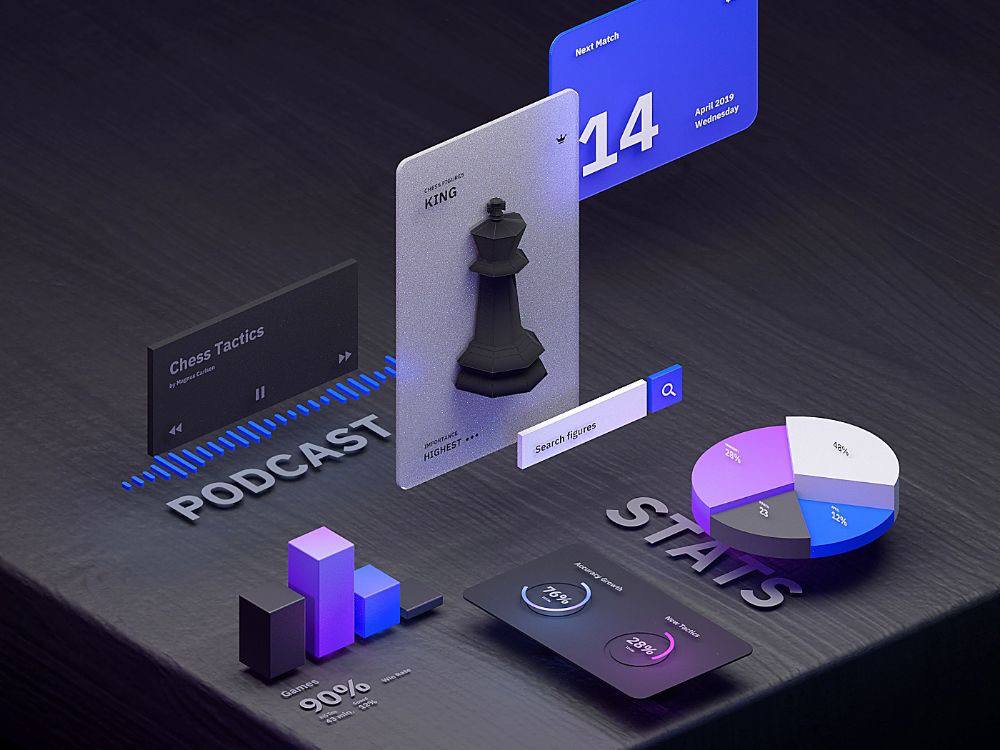Simply acquiring customers isn’t enough. To achieve long-term success, it’s crucial to convert these customers into loyal patrons who consistently choose your products or services. This is where understanding and influencing customer habits becomes essential.
What are customer habits?
Customer habits are the consistent patterns of behavior and decision-making that individuals exhibit when interacting with your business. They can be influenced by various factors, including:
- Customer needs and desires:What problems do your products or services solve for your customers? How do they make their lives better?
- Product or service benefits:What are the unique advantages and features of your offering compared to competitors?
- Customer experience: How easy and enjoyable is it for customers to interact with your business?
- Marketing and communication:How effectively are you communicating your value proposition and engaging with your audience?

Why are customer habits important?
Cultivating customer habits offers several compelling benefits for your business:
- Increased customer loyalty and retention: Habitual customers are more likely to return for repeat purchases and become loyal advocates for your brand.
- Improved customer lifetime value: Loyal customers spend more on your products and services over time, boosting your overall revenue and profitability.
- Enhanced brand image and reputation: A strong base of loyal customers can significantly improve your brand’s reputation and attract new customers looking for reliable and trusted solutions.
- Reduced marketing and acquisition costs: Once you’ve established customer habits,you can spend less on acquiring new customers and focus on nurturing existing relationships.
How can you create customer habits?
Here are some effective strategies to help you create and strengthen customer habits:
1. Identify your ideal customer profile:
Understanding your target audience’s needs, motivations, and behavior is crucial for crafting effective strategies. Conduct market research, analyze customer data, and create detailed buyer personas to gain valuable insights.
2. Design your product or service for habit formation:
Consider the “Hook Model” by Nir Eyal, which outlines four key stages for building habits: Trigger, Action, Reward, and Investment. Develop your product or service to provide clear triggers for use, make the desired action frictionless, offer immediate rewards, and encourage user investment over time.
3. Emphasize the value proposition:
Clearly communicate how your products or services benefit your customers and solve their problems. Focus on the emotional and practical value proposition to resonate with your target audience and encourage consistent engagement.
4. Personalize the customer experience:
Go beyond generic interactions and personalize your communication and engagement efforts. This could involve tailoring recommendations, offering relevant content, and providing personalized support.
5. Make it easy to do business with you:
Streamline your customer journey and ensure every interaction is simple, convenient, and enjoyable. Invest in user-friendly interfaces, responsive customer service, and efficient order fulfillment processes.
6. Build a community around your brand:
Create opportunities for customers to connect, share experiences, and engage with your brand on a deeper level. This could involve online forums, social media groups, or in-person events.
7. Leverage data and insights:
Track customer behavior and analyze user data to identify trends, preferences, and areas for improvement. This data-driven approach allows you to continually refine your strategies and optimize the customer experience.
8. Reward and incentivize desired behavior:
Implement loyalty programs, personalized rewards, and exclusive offers to incentivize repeat purchases and encourage customers to engage with your brand more frequently.
9. Be consistent and patient:
Building strong customer habits takes time and commitment. Stay consistent with your messaging, personalize your approach, and continuously refine your strategies for optimal results.
10. Measure and adapt your approach:
Track key metrics like customer engagement, repeat purchase rates, and customer lifetime value to assess the effectiveness of your strategies. Be prepared to adapt and refine your approach as you learn more about your customers and their behavior.
By implementing these strategies and remaining focused on the long-term value of your customer relationships, you can effectively create customer habits that drive sustained growth and success for your business. Remember, building genuine connections and delivering exceptional value is key to establishing a loyal customer base that relies on your products or services to meet their needs and aspirations.













Great content
Definitely new to the Hook model. Thank you
Great article
Thanks for sharing